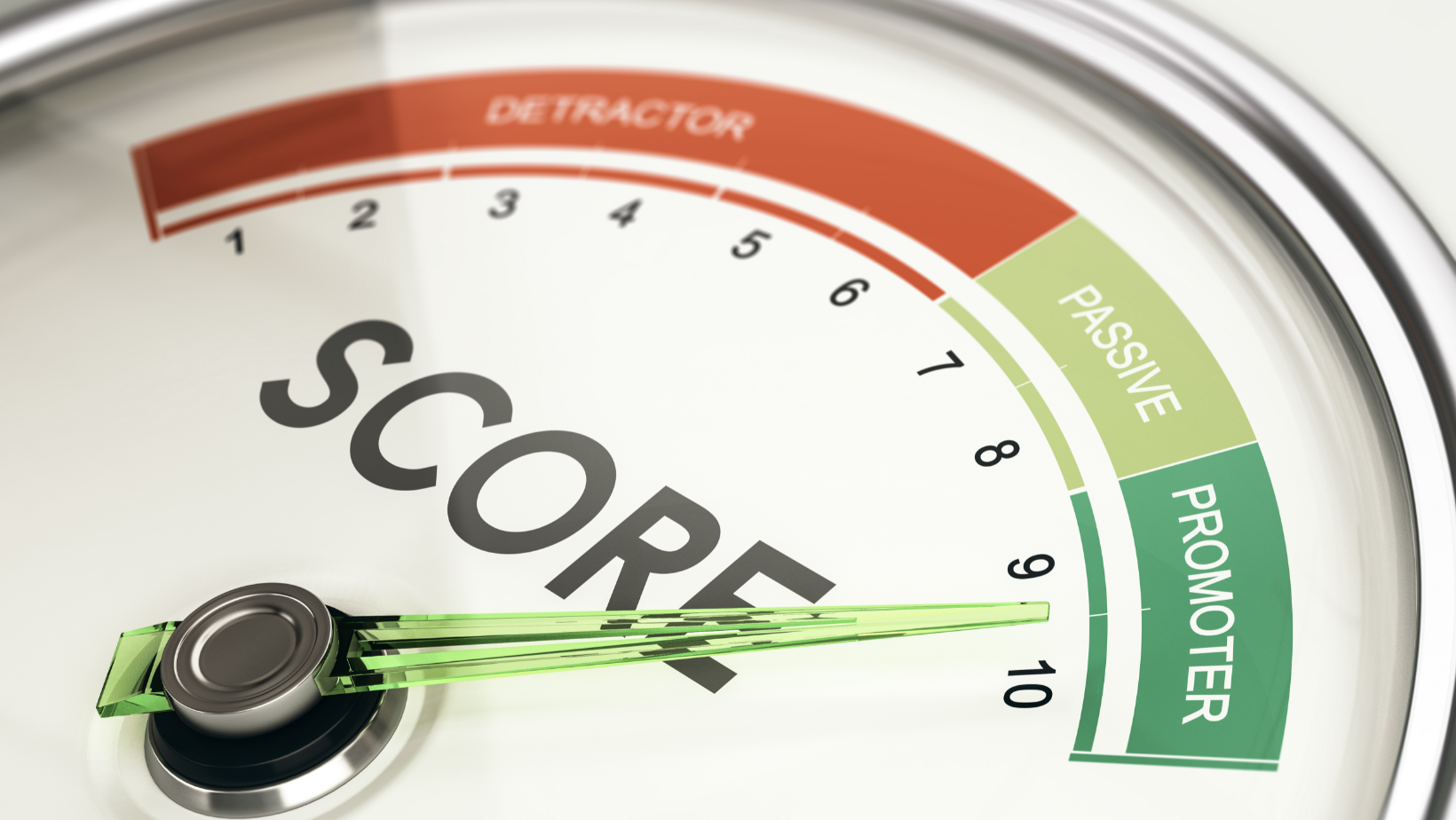Your business has developed a great team, set achievable targets and has all the necessary infrastructure in place. As a result, business should be humming... but something seems to be holding it back.
For most businesses the biggest fountain of knowledge is usually their customers. Even if you’re seemingly doing everything right, customer feedback can tell you what you could be doing even better and ultimately, what’s holding customers back from becoming your biggest cheerleaders.
This is where a Net Promoter Score (NPS) can help. It’s a simple metric that gives insight into how customers feel about your business. Here’s what you need to know:
What is NPS?
Net Promoter Score is a simple customer experience metric that is used by millions of businesses worldwide to measure and track customer perceptions. NPS allows you to continually shape customer experience (and your product or service) to meet and exceed customer expectations.
How Does NPS Work?
Your customers are asked one easy question - “How likely are you to recommend us to your family and friends?” - rating their experience on a scale of 0-10. Customers can then be segmented into three groups based on the rating they give.
Promoters
These are your fans. They’re likely to promote your business to family, friends and maybe even their wider social media contacts. Personal recommendations are a powerful growth tool for your business and promoters are great at this.
Passives
These customers are generally satisfied, but fairly indifferent. Passives aren’t overly loyal and are easily swayed to competitors. They might, however, just need a nudge to turn them into passionate promoters.
Detractors
Detractors are customers who’ve had a negative experience with your business. It’s important to act quickly to address their concerns and offer a solution. Done right, rectifying a detractor’s negative experience could even turn them into a promoter. If not, they may share their unhappiness with their social networks.
Calculating Customer Satisfaction using NPS
Your business’s NPS score is a reflection of your customers’ experiences. It can be calculated using the simple equation below:
% Promoters - % Detractors = NPS
The creators of NPS, Bain & Company, suggest that a score:
- Above 0 indicates a good customer experience
- Above 20 shows a favorable customer experience
- Above 50 is an excellent customer experience
- Above 80 is world class for customer experience
So, the higher your NPS score the better the experience your business is providing to customers. Customer Radar clients regularly have NPS scores in the 70s and 80s, high scores that are gained by listening to and acting on feedback from customers.
Smart NPS
Knowing your NPS is great, but a business also needs insights into what they could improve. This is where Smart NPS comes in - a simple follow up question that provides context to a rating. Customers can tell you what they love and what they think you could improve on.
How to Use NPS Effectively
You know your business’s NPS score - now what? Knowing your NPS will help you benchmark your business’s improvement as you implement changes raised by customer feedback, plus it can help you track your customer experience offering against competitors.
You can use NPS data to help your business set objectives around the customer experience, be it boosting your NPS score by two points over a quarter or ensuring that all detractors are contacted to try to resolve their issues.
NPS data can also be broken down regionally, by team, by store, or even by department. Using NPS to identify top-performing areas of the business allows you to investigate what these units are doing well, and how these practices could be introduced to the rest of the business - so you can ensure your business is providing a consistent experience no matter which area customers are interacting with.
For more information about collecting easy, actionable and insightful customer experience data and how it can help to grow your business, download our e-book, Collecting the Right Kind of Feedback.









